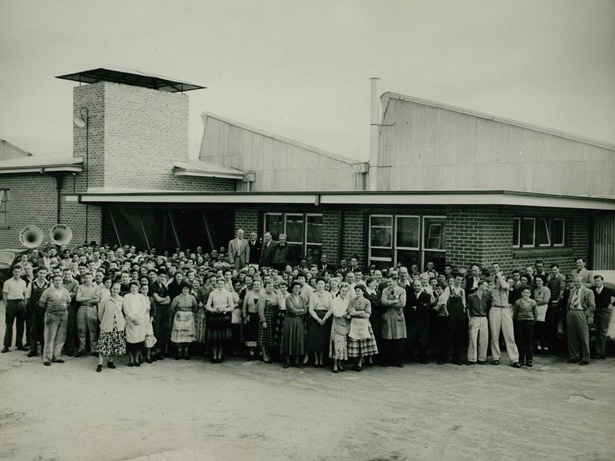They start a share float and one of the men, William Callander, comes up with a bold plan to promote the project. His two daughters Alma and Lena take to the skies in an open biplane, seated on kerosene tins, to scatter leaflets across the region. The Wangaratta Woollen Mills is born, and soon becomes the largest mainland woollen mill in the nation.
It was the success of its textile industry that took Wangaratta from small country town to major rural city. But Wangaratta's story as a textile town also reflects the making of modern Australia. It traces the path of post-war migration and the accompanying growth of Australia's economy.
Following the Second World War Australia's prosperity began to boom and thousands of Europeans settled here. It was in this atmosphere, in 1946, that a Canadian company, Bruck Textiles, comes to Wangaratta and creates a population explosion, employing thousands of workers from places as diverse as Poland, Italy, Holland and Wangaratta itself.
For a wonderful journey through Wangaratta's textile history and the creative process, take a look at the Culture Victoria website by clicking here.


